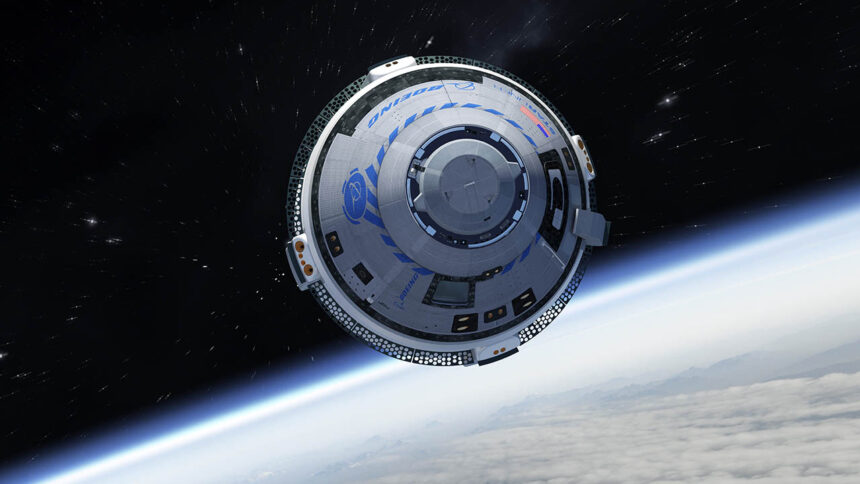Boeing’s Starliner spacecraft has safely returned to Earth from the International Space Station (ISS) without a crew, marking another chapter in the ongoing saga of the CST-100 capsule. This mission’s return was closely watched after a series of earlier issues with the Starliner’s thrusters, which had raised concerns among NASA officials. Despite these challenges, the capsule landed safely at White Sands Space Harbor in New Mexico, bringing renewed focus to Boeing’s efforts in the space race against competitors like SpaceX.
What’s Happening & Why This Matters
The Starliner capsule, which had undocked from the ISS without its crew, successfully completed its deorbit and reentry sequence. The capsule touched down under three parachutes cushioned by nitrogen-filled airbags early on Saturday. NASA commentator Brandi Dean confirmed that the spacecraft’s thrusters performed well during the reentry, despite two thrusters showing higher-than-expected temperatures.
NASA decided to keep astronauts Butch Wilmore and Suni Williams aboard the ISS and return them on a SpaceX Crew Dragon instead, slated for launch in September. This decision followed months of assessing the thruster issues. Steve Stich, manager of NASA’s commercial crew program, mentioned that Boeing had already started forming teams to address these concerns. The next Starliner flight is planned for the second half of 2025, but only after resolving the existing technical issues.
Boeing has faced delays and complications since it was awarded a $4.2 billion contract by NASA in 2014 to develop and fly the capsule. The spacecraft’s journey has been marred by several problems, leading to more than $1.5 billion in recorded losses for Boeing. In contrast, NASA’s $2.6 billion investment in SpaceX’s Crew Dragon has proven more fruitful, with SpaceX completing multiple successful missions, including upcoming projects like the “Polaris Dawn” mission.
For the Space Industry
This mission’s outcome is crucial for both NASA and the private space-transportation sector. NASA officials, speaking at the post-landing press conference, expressed confidence in the benefits of their investments, despite the mixed results with Starliner. The agency’s approach, which began as an experiment to foster a private space-transportation industry, is now showing tangible results. The success of SpaceX’s Crew Dragon and the continuing efforts to refine Starliner reflect the dynamic growth and competitive nature of private space ventures.
TF Summary: What’s Next
Boeing must now focus on addressing the technical problems encountered during the Starliner’s return and ensuring these issues are resolved before the next flight in 2025. As Boeing strives to meet NASA’s expectations, the private space industry stands to benefit from the lessons learned. NASA remains optimistic about the future of its partnerships, noting the potential gains from collaboration between public and private entities in space exploration. This research & development year will reveal whether Boeing can fully overcome these setbacks and become a reliable partner in human spaceflight.
— Text-to-Speech (TTS) provided by gspeech.



